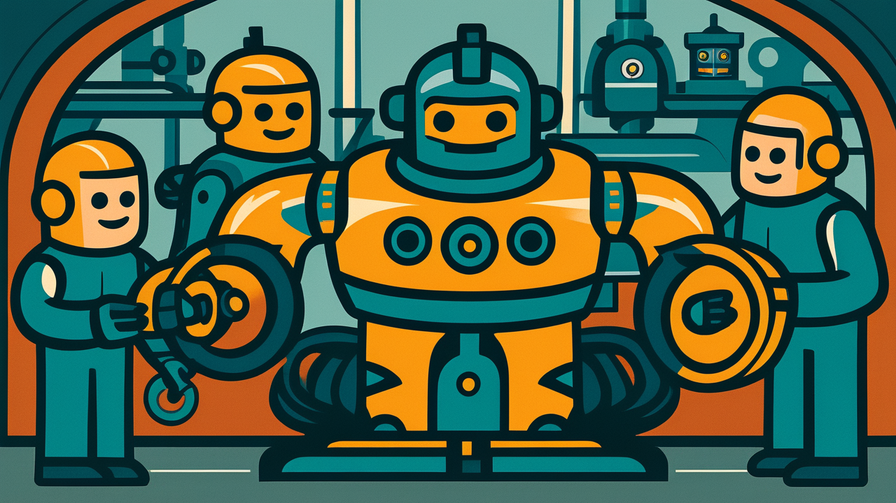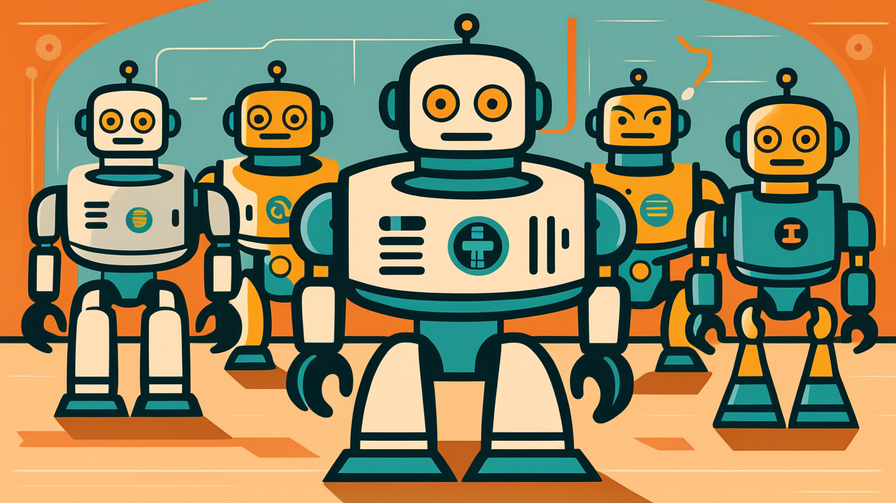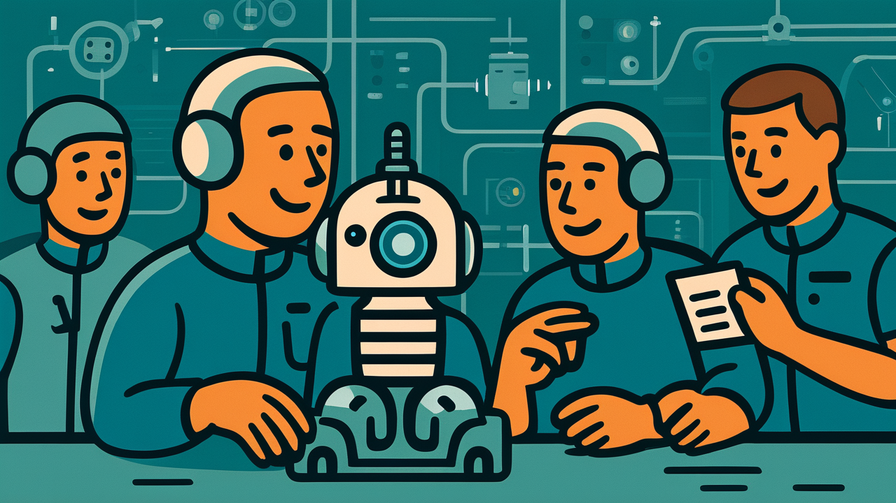[Disclaimer] This article is reconstructed based on information from external sources. Please verify the original source before referring to this content.
News Summary
The following content was published online. A translated summary is presented below. See the source for details.
NVIDIA has introduced a new system called the Data Flywheel Blueprint that helps AI agents learn from their experiences and improve over time, similar to how students get better through practice and feedback. The technology addresses a major challenge: powerful AI agents are expensive to run and can be slow. The Data Flywheel creates a continuous improvement cycle where AI agents learn from real interactions with users, then use that knowledge to train smaller, faster, and cheaper versions of themselves. In one example, a customer service AI that originally used a large, expensive model (Llama-3.3-70b) was replaced with a model 70 times smaller (Llama-3.2-1b) while maintaining the same accuracy – reducing costs by 98%. The system works by collecting logs of AI interactions, identifying successful patterns, and using these to train more efficient models. It’s like a student learning shortcuts after solving many similar math problems. The blueprint includes tools for automatic testing, performance measurement, and continuous retraining as new data comes in.
Source: NVIDIA Developer Blog
Our Commentary
Background and Context

Imagine you’re learning to solve math problems. At first, you might use long, complicated methods. But after practicing many similar problems, you discover shortcuts and patterns that let you solve them faster. AI agents face the same challenge – they start with general knowledge but can become much more efficient by learning from specific experiences.
The “flywheel” concept comes from mechanical engineering – it’s a heavy wheel that stores energy and keeps machines running smoothly. In AI, a data flywheel means the system gets better with each cycle: AI serves users → learns from interactions → improves itself → serves users better → and the cycle continues.
Expert Analysis
The breakthrough here is automation. Previously, making AI more efficient required human experts to manually analyze performance and retrain models – expensive and time-consuming work. NVIDIA’s system automates this entire process, like having a robot tutor that automatically identifies what students struggle with and creates personalized lessons.
The cost reduction is remarkable. Large AI models are like gas-guzzling trucks – powerful but expensive to run. Through the flywheel process, these models train smaller “economy car” versions that handle specific tasks just as well. For businesses running thousands of AI interactions daily, this 98% cost reduction can mean saving millions of dollars annually.
Additional Data and Fact Reinforcement
Running large AI models is surprisingly expensive. A single large language model can cost $0.01-0.10 per interaction, which adds up to thousands of dollars daily for busy customer service systems. By comparison, smaller optimized models might cost just $0.0001 per interaction – making AI assistance affordable for many more businesses.
The environmental impact is also significant. Large AI models consume enormous amounts of electricity – training GPT-3 used as much power as 120 American homes use in a year. Smaller, more efficient models dramatically reduce this energy consumption, making AI more sustainable.
Related News
This trend toward efficient AI is industry-wide. Google recently announced Gemini Nano, designed to run on smartphones. Apple is developing on-device AI that operates without cloud connections. Microsoft’s Phi models prove that smaller can be better for specific tasks.
The approach mirrors successful strategies in other fields. Netflix’s recommendation system improves by learning from viewing habits. Spotify’s Discover Weekly gets better at suggesting music over time. The difference is that NVIDIA’s system helps any company build this self-improving capability into their AI agents.
Summary

NVIDIA’s Data Flywheel Blueprint represents a crucial evolution in AI development – from building bigger models to building smarter ones. By enabling AI agents to learn from experience and optimize themselves, this technology makes advanced AI accessible to more organizations while reducing costs and environmental impact. Just as students become more efficient learners over time, AI agents can now improve themselves through practice, creating a future where AI assistance is both powerful and affordable.
Public Reaction
Businesses express excitement about cost savings, with startups particularly interested in affordable AI options. Environmental advocates praise the reduced energy consumption. Some workers worry about AI becoming too efficient and replacing more jobs. AI researchers debate whether smaller, specialized models might outperform large general models for most real-world applications.
Frequently Asked Questions
Q: How is this different from regular machine learning?
A: Traditional machine learning requires humans to guide the improvement process. This system automatically identifies what needs improvement and fixes it, like a self-coaching athlete.
Q: Could this make AI too smart or dangerous?
A: The system only improves efficiency, not capabilities. It’s like making a calculator faster at math, not teaching it new subjects.
Q: What does this mean for students interested in AI careers?
A: Understanding how to optimize and improve AI systems will be a valuable skill. This technology shows that AI development isn’t just about building bigger models but making them work smarter.


